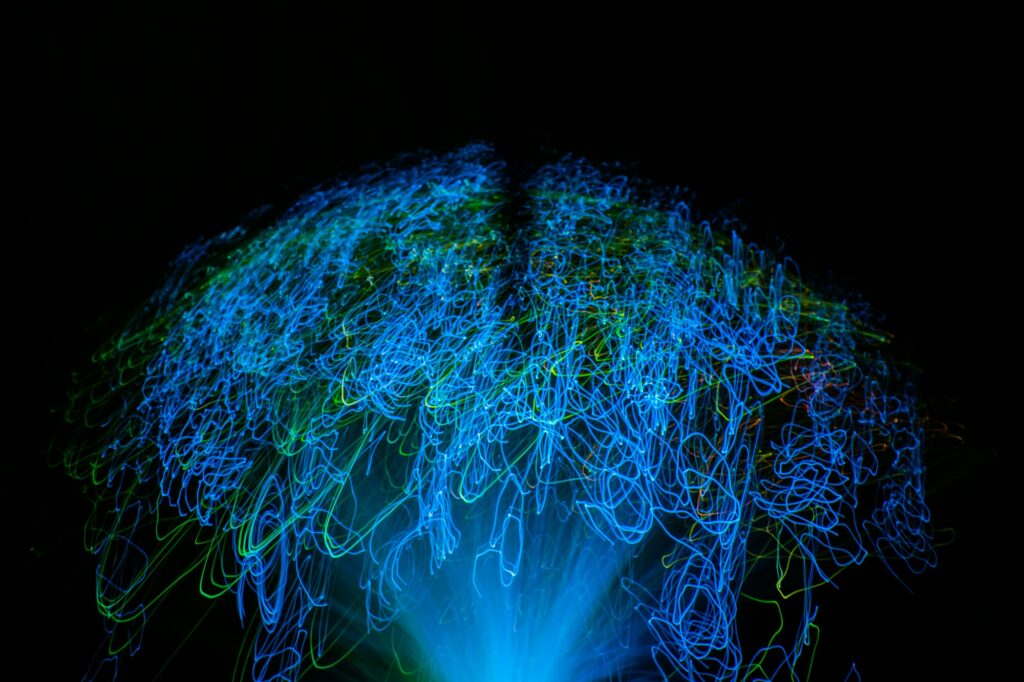The development of augmented/mixed reality (AR) has progressed rapidly throughout many industries, driving phenomenal growth. The global AR market is set to grow from $6.12 bn in 2021 to $97.76 bn in 2028 at a compound annual growth rate of 48.6% in that period.
Within construction, manufacturing, facilities management, field services, and distribution industries the technology has many applications. Working with Avatar Partners, BML Digital has developed ARFab- a practical solution that manages the critical issues of remote root cause assessment, augmented remote connection and guidance, accurate estimation and order management, materials distribution, and on-site quality control.
We’ve created a short demonstration of this technology within a construction context, click the video below:
The video specifically focuses on how the solution enables managers to ensure the correct units are fabricated, loaded and then erected correctly to ensure they pass quality assessment. ARFab acts as virtual guide to ensure best practice, delivering improved product quality and process efficiency, with an AI-driven, automated quality assurance.
As a technology, AR is being trusted in increasingly critical applications – we have even worked on the deployment of the technology within a surgical setting. Organisations across the world now recognise that an augmented reality strategy need not be confined to marketing or retail. In the right hands, it can become a powerful tool in manufacturing, logistics, construction, healthcare and more.
The technology is intuitive and often picked up in a matter of minutes. Using mobile phones or glasses, users can interact with the software easily and this guides adherence to processes with minimal friction.
However, this does demand comprehensive analysis of those processes to begin with, and a thorough assessment of the existing digital assets and infrastructure available. These combine to create a digital maturity assessment and a pragmatic outlook to drive successful deployment of AR.



